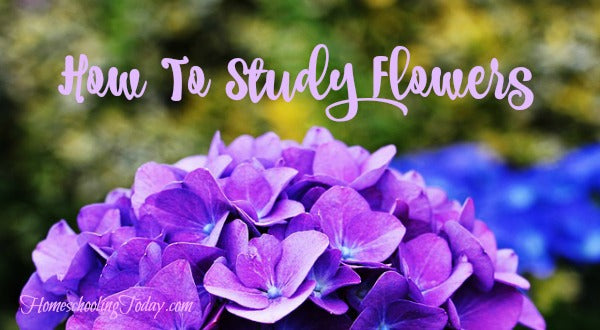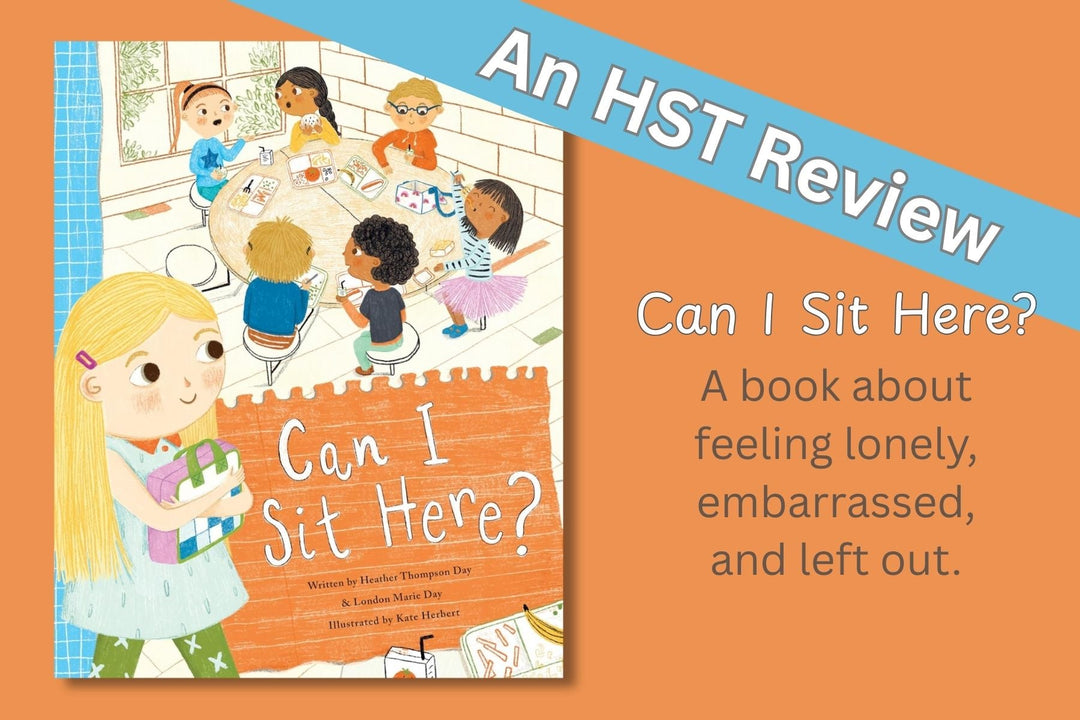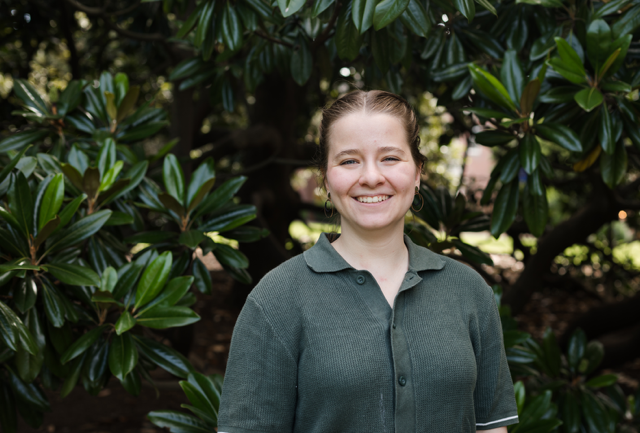How To Study Flowers

The beauty of flowers draws the attention of young and old. Little ones can’t help themselves from gathering fistsfuls of dandelions in the yard, and bouquets of fragrant roses are hard for any woman to resist. We use flowers as gifts to show people we care and to add color and cheer to our homes and offices.“The only right way to begin a plant study with young children is through awakening their interest in and love for flowers. Most children love flowers naturally; the enjoy bringing flowers to school, and here, by teaching the recognition of flowers by name, may be begun this delightful study. This should be done naturally and informally. The teacher may say: “Thank you, John, for this bouquet. Why, here is a pansy, a bachelor’s button, a larkspur, and a poppy.” Or, “Julia has brought me a beautiful flower. What is its name, I wonder?” Then may follow a little discussion, which the teacher leads to the proper conclusion. If this course is consistently followed, the children will learn the names of the common flowers of the wood, field, and garden, and never realizing they are studying anything.” The Handbook Of Nature Study page 453
Teaching Children How To Study Flowers
We use flowers to teach young children. When children are little, flowers are among the first objects they learn to draw. What else can use all the colors in the crayon box like a flower garden? When I see flowers in a flower bed or in an open field, I imagine God using his paintbrush to add those pops of gorgeous colors to the green background. While flowers are beautiful, their purpose in nature is not decoration. Flowers hold the structures that are necessary for plants to reproduce.The pistil is the female part of the flower. It is a bowling pin shape in most flowers and is made up of three parts — the stigma, style and ovary. The male part of the flower is the stamen and consists of the the anther, or pollen sac, and a supporting filament. As we study flowers, we can see the role the structures of flowers plays in reproduction. What about the colors and fragrance of flowers? They play important roles, too. The colors and fragrance of flowers attract insects and birds who unwittingly help the plants reproduce by spreading pollen from one plant to another. Without these important pollinators, many plant species could not reproduce and would die out.
As we study flowers, we can see the role the structures of flowers plays in reproduction. What about the colors and fragrance of flowers? They play important roles, too. The colors and fragrance of flowers attract insects and birds who unwittingly help the plants reproduce by spreading pollen from one plant to another. Without these important pollinators, many plant species could not reproduce and would die out.
Hands-On Flower Activities
Flowers can be fun science teaching tools. Try some of these hands-on flower activities with your children and sneak some learning into your summer. Related: Hands-On FlowersPlant flower seeds
Plant flower seeds in a pot of potting soil or in a sunny garden spot outside. Follow the directions on the seed packet for planting, spacing, and watering. Watch the plants grow and produce flowers.
Dissect flowers
Take a flower from your flower garden or store bought bouquet. With a sharp knife, cut the flower down the middle to get a cross-section of the reproductive parts of the flower. Identify the various parts. This is a great, hands-on way to learn the anatomy of flowers.
Look at pollen under a microscope
You’ll need a microscope, a slide, a slide cover, and a couple flowers for this project. Lightly tap the anther of a flower onto a slide so that some of the pollen is collected on the slide. Cover the pollen with the slide cover and look at the pollen with the microscope. Compare the shapes and colors of the pollen from various flowers. This is always a fascinating project.
Changing color carnations
This is a fun activity for learning about the vascular structure of plants. Get several white carnations from the florist. Color water with food coloring in glass jars. Place the stems of the carnations in the jars of colored water. Watch what happens to the petals of the flowers over the next day or so.
Visit a local plant nursery
Our kids love visiting our local plant nursery. It is almost flower overload! Let your kids look at all the varieties of flowers. Point out some common flowers and teach the kids their names. Ask the horticulturist what flowers are native to your area and about their favorite flowers. They are usually more than happy to help.
Related: Resources For Hands-On Learners
Flower Vocabulary
pistil - female part of the flower made up of the stigma, style and ovary
stamen- the male part of the plant made up of the anther and the supporting filament petal - the colorful part of flower that attracts pollinators. we associate the petals with the beauty of the flower pollen - fine powdery substance produced by the male parts of the flower that causes plants to produce seeds pollinators - insects and birds that spread pollen from one plant to another Download a free Parts Of A Flower printable from The Homeschool Scientist! ******************** This article was originally published in the Homeschooling Today Magazine's Spring/Summer 2015 issue. Subscribe today!










